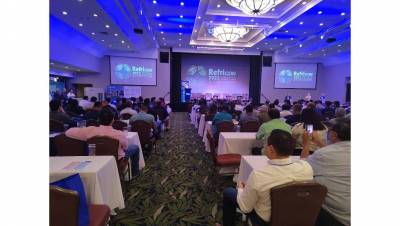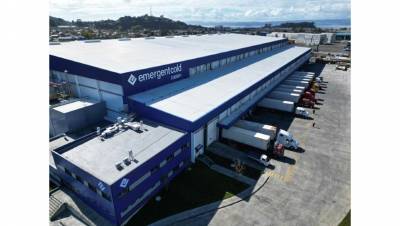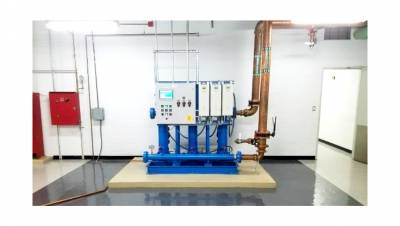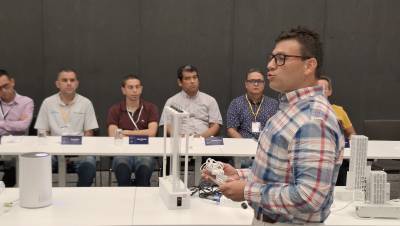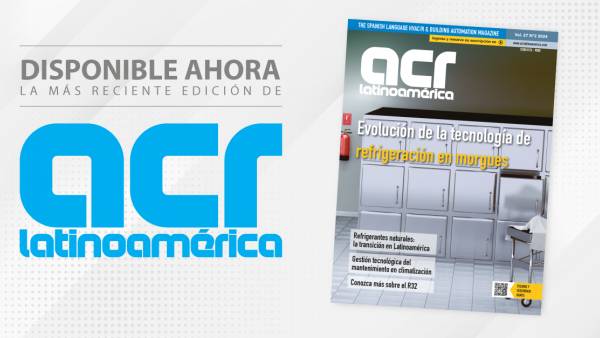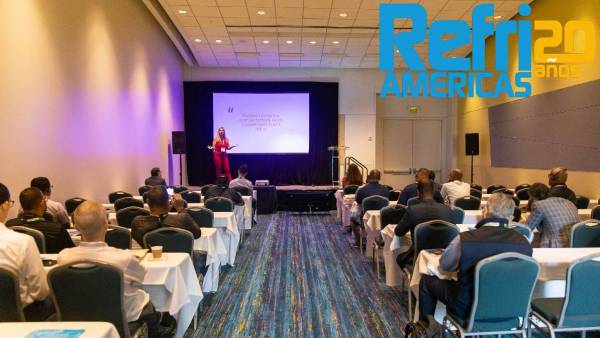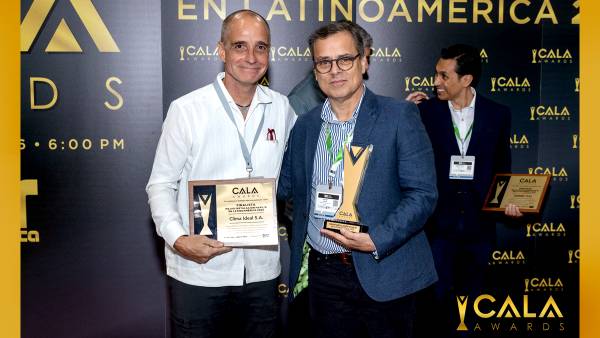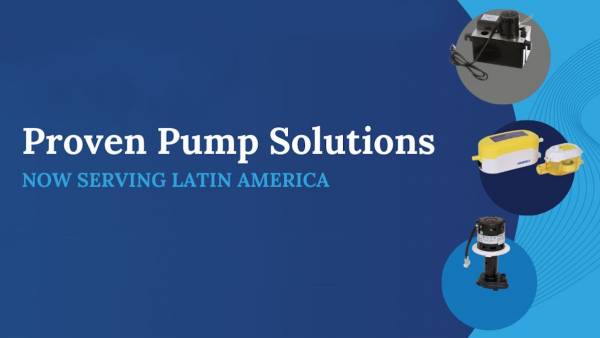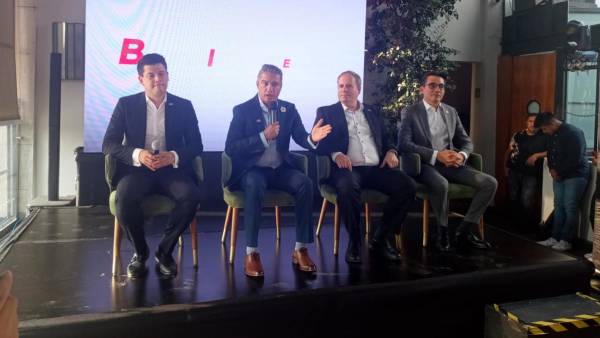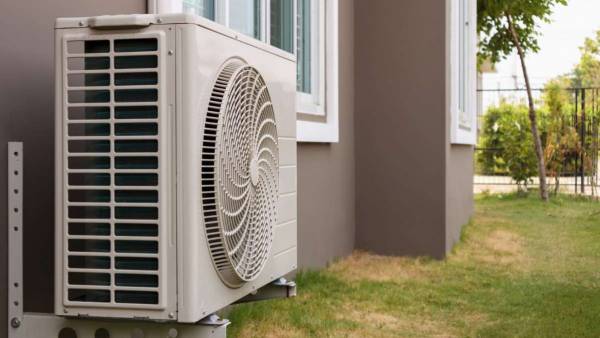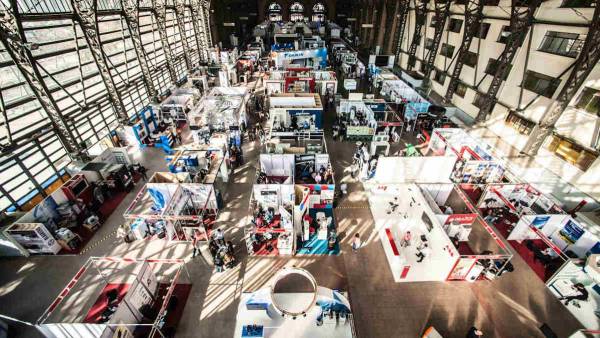I have created a sequence in plc control to continue with the web washing machine. At first I thought about doing this sequence in vb.net, but I found it more interesting to do it with plc control. Thus, by the way, we see a sequence created in ST (Extruded Text). After having the washing machine running, I will do the monitoring in vb.net and the saving in MySql.
The sequence is a beta version that we will modify on the fly. In the next step I will create the interface in vb.net.
1 2 3 4 5 6 7 8 9 10 11 12 13 14 15 16 17 18 19 20 21 22 23 24 25 26 27 28 29 30 31 32 33 34 35 36 37 38 39 40 41 42 43 44 45 46 47 48 49 50 51 52 53 54 55 56 57 58 59 60 61 62 63 64 65 66 67 68 69 70 71 72 73 74 75 76 77 78 79 80 81 82 83 84 85 86 87 88 89 90 91 92 93 94 95 96 97 98 99 100 101 102 103 104 105 106 107 108 109 110 111 112 113 114 115 116 117 118 119 120 121 122 123 124 125 126 127 128 129 130 131 132 133 134 135 136 137 138 139 140 141 142 143 144 145 146 147 148 149 150 151 152 153 154 155 156 157 158 159 160 161 162 163 164 165 166 167 168 169 170 171 172 173 174 175 176 177 178 179 180 181 182 183 184 185 186 187 188 189 190 191 192 | VAR_GLOBALAT %Q*:BOOL; (*Solenoid valve drawer*) AT %Q*:BOOL; (*Drum solenoid valve*) AT %Q*:BOOL; (*Drum engine*) AT %Q*:BOOL; (*Drain motor*) AT %Q*:BOOL; (*Door lock*) AT %Q*:BOOL; AT %I*:BOOL; AT %I*:BOOL; HomeWashing:BOOL; Temperature:INT; Water Level:INT; END_VAR PROGRAM MAIN VAR stateMain:INT; Notice:INT; txtWarn:STRING; PermissionTo heat:BOOL; Thermostat:BOOL; Pulso1Sec: TON; Standby:INT; END_VAR (*Subprogrammes*) SecHeat(); (*Other*) Pulso1Sec(IN:=NOT Pulso1Sec. Q, PT:= T#1s); CASEOF 0:((*Check conditions for start*) IFNOT THEN :=1; :='Unclosed drawer'; ELSE IFNOTTHEN :=2; (*Unclosed door*) :='Door unlocked'; ELSE :=3; :='Ready to start'; IFTHEN stateMain:=10; :=FALSE; END_IF END_IF END_IF 10:(*Door lock*) :=TRUE; :=20; 20:(*Fill with water I*) :=30; :=21; Y2:=TRUE; 21:(*Fill with water II*) IF0AND Pulso1Sec. QTHEN :=-1; :=20; :='Water filling'; END_IF IF1THEN :=0; :=30; END_IF; 30:(*Heat water*) :=TRUE; :=40; 40:(*Wait until temperature*) IF60THEN stateMain:=50; END_IF :=40; :='Heating water'; 50:(*Move bass drum with water, this will have a name but...*) :=20; :=51; :=TRUE; 51:(*Continue to move bass drum*) IF0AND Pulso1Sec. QTHEN :=-1; :=50; :='Moving hype'; END_IF IF1THEN :=0; :=60; END_IF; 60:(*We open soap solenoid valve I*) :=5; :=61; :=TRUE; 61:(*Continue to move bass drum*) IF0AND Pulso1Sec. QTHEN :=-1; :=60; :='Introduce soap'; END_IF IF1THEN :=0; :=70; END_IF; 70:(*We close soap*) Y1:=FALSE; :=80; 80:(*Washing*) :=25; :=81; 81:(*Continuous washing*) IF0AND Pulso1Sec. QTHEN :=-1; :=60; :='Washing'; END_IF IF1THEN :=0; :=90; END_IF; 90:(*Extract water*) :=25; :=91; :=TRUE; 91:(*Continue To extract water*) IF0AND Pulso1Sec. QTHEN :=-1; :=90; :='Drawing water'; END_IF IF1THEN :=0; :=100; END_IF; 100:(*Fill water and extract*) :=25; :=101; 101:(*Continue to fill water and extract*) IF0AND Pulso1Sec. QTHEN :=-1; :=60; :='Fill water and extract'; END_IF IF1THEN :=0; :=110; END_IF; 110:(*We stop water and extract*) M2:=FALSE; Y2:=FALSE; :=120; 120:(*Centrifuge, to simplify I only leave the bass drum running for a while*) :=25; :=121; 121:(*Continue spinning*) IF Standby > 0AND Pulso1Sec. QTHEN :=-1; :=120; :='Centrifuge'; END_IF IF1THEN :=0; :=130; END_IF; 130:(*End washed*) M1:=FALSE; X1:=FALSE; :=0; :=0; END_CASE PROGRAM Simulate VAR Pulso1Sec: TON; END_VAR Pulso1Sec(IN:=NOT Pulso1Sec. Q, PT:= T#1s); IF Pulse1Sec. QANDTHEN :=+1; END_IF IFTHEN :=+1; END_IF; |
Within the program created in ST I have added an ACTION in LEADER. This allows us to make certain lines of code in another language for different reasons.
This is the program tree:

And this is the action:

The sequence is constructed with a CASE. When the plc reads the CASE statement, it reads the value of the variable that follows this keyword. It will then read only the code that is followed by this value and only that until the next scan cycle.
CASE <variable> OF
<Value>: Code
<Value>: Code
END_CASE
In the following example if Var = 1, M1 is set to true and if Var = 2, Y2 is set to FALSE. This is equivalent to doing a SET.
CASE Var OF
1:M1:=TRUE;
2:Y2:=FALSE;
END_CASE
Another thing I find interesting is the txtAviso variable. This variable of type STRING informs us of the current state of the machine, for the purpose of debugging I think it can be interesting.
Well and at the moment this is it, anything a comment. And I leave the program in the next post with the application in vb.net.
Bookmark on DeliciousDigg this postRecommend on Facebookshare via RedditShare with StumblersTweet about itSubscribe to the comments on this postAuthors: David

